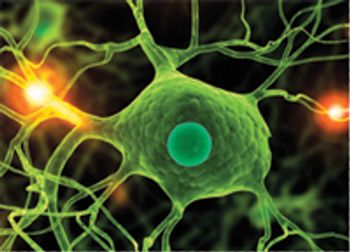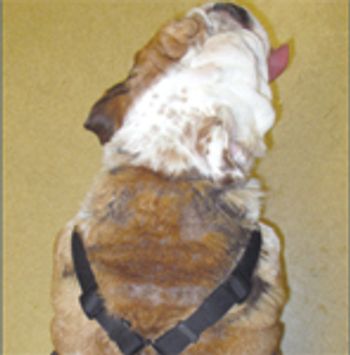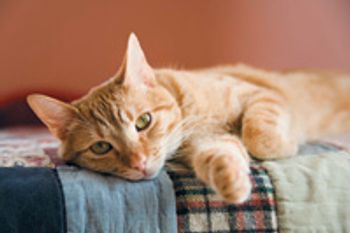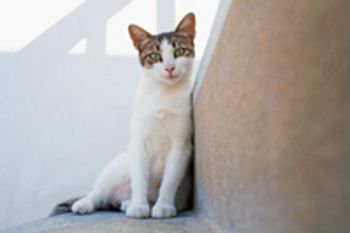
When your technicians and other team members are well trained, they can help keep clients informed about signs of illness in their pets so diagnoses can be reached earlier and treatments initiated sooner.

When your technicians and other team members are well trained, they can help keep clients informed about signs of illness in their pets so diagnoses can be reached earlier and treatments initiated sooner.

See when you should test for this disease in your patients with neuromuscular signs.

Dr. David Bruyette discusses basal insulin, trilostane, and iodine-restricted diets.

Cushing's syndrome can be challenging to identify because of its variable clinical manifestations in our canine patients. One of the trickier clinical presentations for veterinarians to keep in mind is recurring pyoderma.

Why thyroid management in veterinary medicine requires vigilance to avoid new complications.

Patricia Schenck avoids jail time but incurs more than $10,000 in fines and restitution.

In this case file, the Dechra Veterinary Products Technical Services Team answers five questions they are frequently asked about canine hyperadrenocorticism and VETORYL Capsules.

A recent survey defines and demystifies the clinical signs of this disease in cats.

Princess has a five-year history of pedal pruritus that routinely appears in the summer and fall and responds to topical and oral antibiotic and corticosteroid treatment.

This study sought to determine whether cats with early CKD have elevated PTH concentrations compared with healthy geriatric cats.

Schenck waived her right to a preliminary hearing.

Being aware of the more subtle signs of canine hyperadrenocorticism can be key to early diagnosis and initiation of therapy.

A panel of experts discussed the role of nutritional management of feline hyperthyroidism and answered key questions from attendees of a sponsored symposium held at the 2012 Western Veterinary Conference.

A spectrum of abnormalities-sometimes like "small blips on the radar" should raise your level of suspicion.

Read this before you next prescribe this drug for your patients with hyperadrenocorticism.

Dr. Gregory Grauer discusses what causes this abnormal result, including a new culprit that pet owners may be giving as a treat.

Keeping these concerns in mind may help with client communication.

Some diabetic dogs are insufficiently controlled with NPH insulin. Here's a look at a possible alternative.

New research shows sensitivity to trilostane may increase as body weight increases.

Advice on a geriatric cat with hyperthyroidism, renal disease, and diabetes.

A sodium:potassium ratio combined with white blood cell counts may hold the key to diagnosis.

Listen to the experts discuss nutritional management of hyperthroid cats.

Owning a diabetic cat gave this internist additional insights into how best to manage diabetic cats at home.

Dr. David Bruyette helps determine the best course of action.

Dr. David Bruyette tackles the case of a cat with two endocrine diseases.